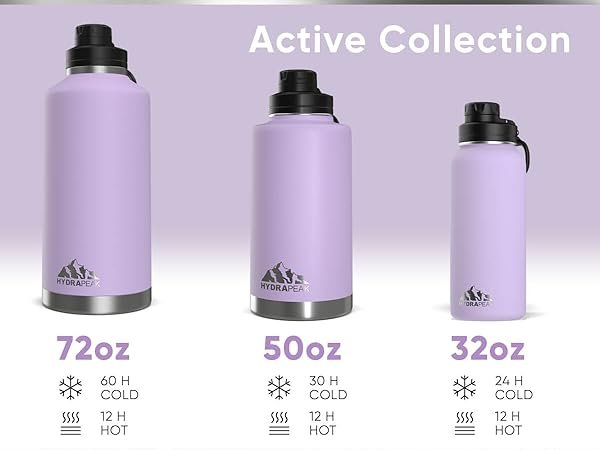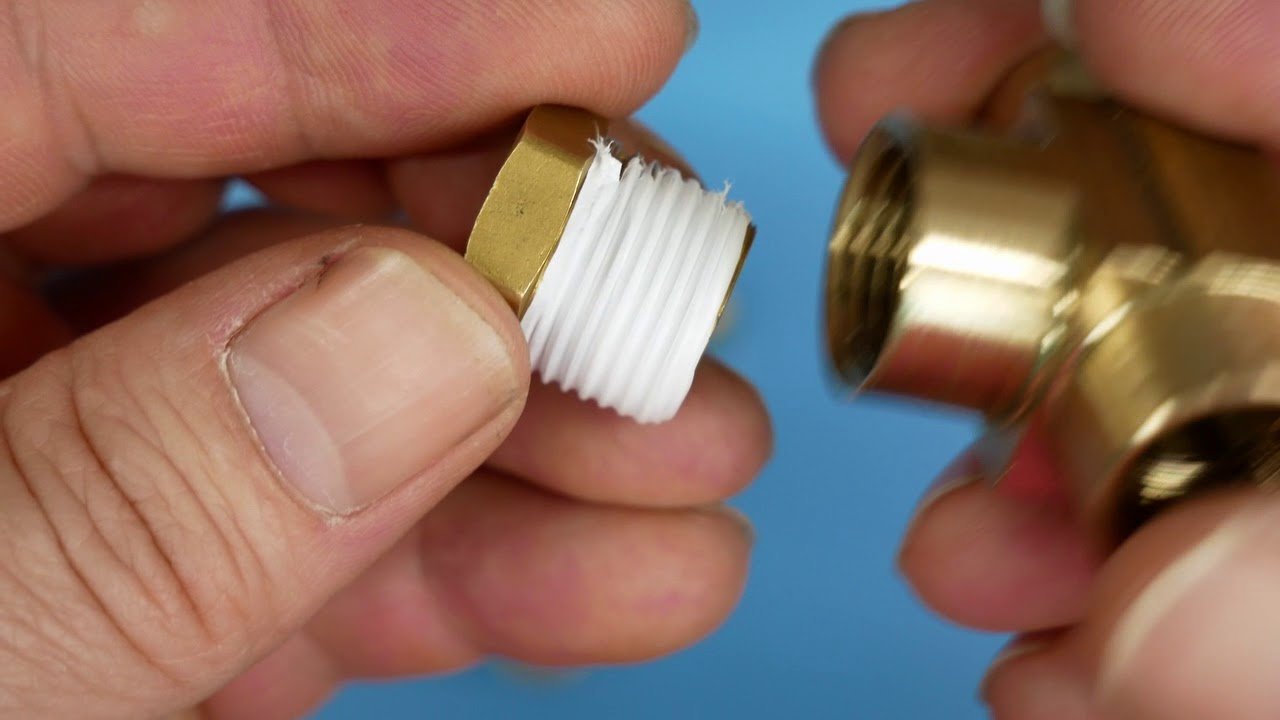72 oz is equivalent to 4.5 pounds, a weight that holds more significance than its numerical value. Whether you’re a cooking enthusiast measuring ingredients or an outdoorsy type packing for a camping trip, understanding how much is 72 oz can be invaluable. This seemingly simple question can have diverse applications—from portion control in the kitchen to determining the weight of a backpack. In this article, we delve into the practical implications and conversions surrounding 72 oz to shed light on its weighty impact in various contexts.
How Much is 72 oz: Exploring the World of Measurements
Welcome, curious minds, to a fascinating journey into the realm of measurements where we unravel the mystery of 72 ounces. Have you ever wondered just how much 72 oz really is? Fear not, for we are here to guide you through this exciting exploration. Let’s dive right in!
The Basics of Ounces
Before we delve into the specifics of 72 oz, let’s understand what an ounce actually is. An ounce is a unit of weight measurement commonly used in the United States. It is abbreviated as “oz.” One ounce is equivalent to 1/16 of a pound. Imagine a tiny cube of sugar – that’s roughly one ounce!
Breaking Down 72 Ounces
Now, let’s focus on 72 oz. Imagine having 72 small cubes of sugar in front of you. That’s how much 72 ounces weigh. It’s like a whole handful of sugar cubes! To give you a better idea, 72 ounces is equal to 4.5 pounds. That’s quite a hefty weight, isn’t it?
Exploring Everyday Items
So, where do we encounter 72 ounces in our daily lives? Let’s take a look at some common items that weigh around 72 oz:
- A large bag of chips
- A medium-sized watermelon
- Approximately three cans of soda
72 Ounces in Different Contexts
Now that we’ve grasped the concept of 72 ounces in terms of weight, let’s explore how this measurement can vary in different contexts.
Fluid Ounces vs. Weight Ounces
It’s important to note that there are two types of ounces: fluid ounces and weight ounces. When we talk about 72 ounces in weight, we are referring to the physical weight of an object. On the other hand, 72 fluid ounces would represent the volume of a liquid. So, when you see “72 oz” on a label, make sure to check if it’s referring to weight or volume!
Converting Ounces to Other Units
While ounces are a common unit of measurement, you can convert them into other units to get a better understanding of the quantity. For instance:
- 72 ounces is equivalent to 2,041 grams
- 72 ounces is approximately 0.13 stones
- 72 fluid ounces is equal to about 8.5 cups
Fun Facts About 72 Ounces
Before we conclude our journey into the world of 72 ounces, here are some fun facts to entertain and educate you:
- The world’s largest cup of coffee was brewed in 2014 and measured 3,487 gallons, which is roughly 371,520 ounces!
- An average adult male’s heart weighs about 10.5 ounces, which means it would take approximately 7 heart equivalents to match 72 ounces!
And there you have it, explorers – a deep dive into the realm of 72 ounces. Hopefully, you now have a clearer picture of just how much 72 oz really is. Remember, measurement is all about understanding the world around us in a fun and meaningful way. Until next time, keep exploring and learning!
72-ounce Steak Challenge Winner!🥩🏆 #amarillotx #foodchallenge #route66 #texas
Frequently Asked Questions
How many cups are in 72 oz?
There are 9 cups in 72 oz. To convert ounces to cups, divide the number of ounces by 8, as there are 8 fluid ounces in a cup.
What is the equivalent of 72 oz in milliliters?
72 ounces is equal to 2,133.6 milliliters. To convert ounces to milliliters, multiply the number of ounces by 29.5735, as there are approximately 29.5735 milliliters in a fluid ounce.
How many liters is 72 oz?
72 ounces is equivalent to 2.1336 liters. To convert ounces to liters, divide the number of ounces by 33.814, as there are approximately 33.814 fluid ounces in a liter.
Final Thoughts
In summary, 72 oz is equivalent to 4.5 pounds or 2.04 kilograms. Understanding how much is 72 oz can be useful when following recipes or measuring food portions. Whether you are meal prepping or cooking for a large group, knowing the weight conversions can help you accurately measure ingredients. So, next time you come across a recipe calling for 72 oz of an ingredient, you’ll know exactly how much to use.




